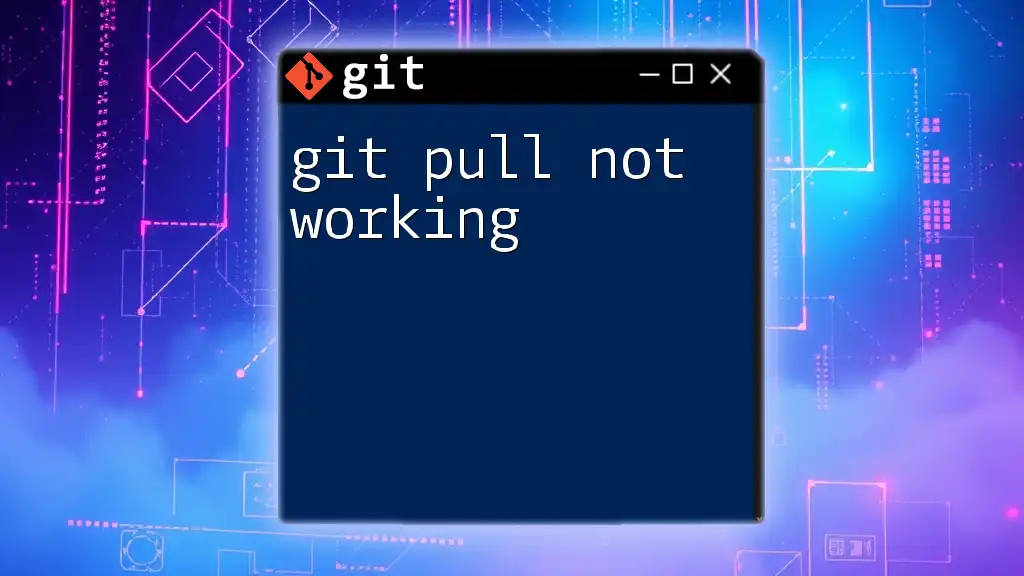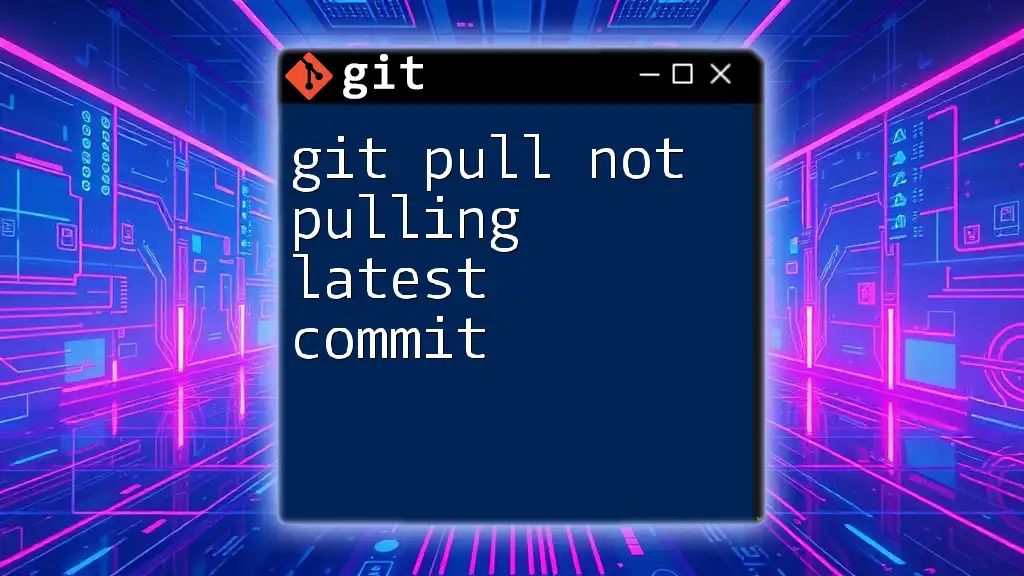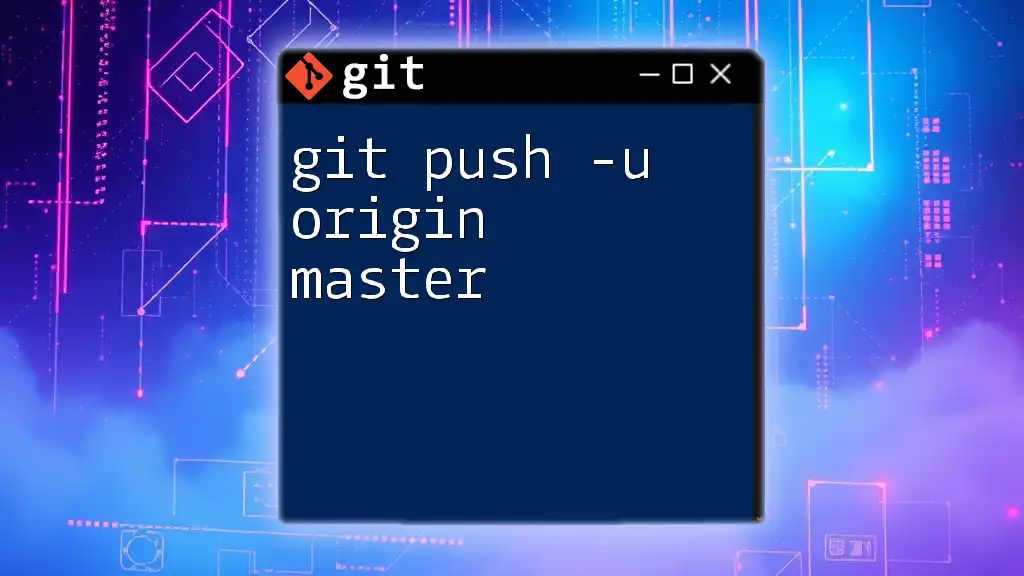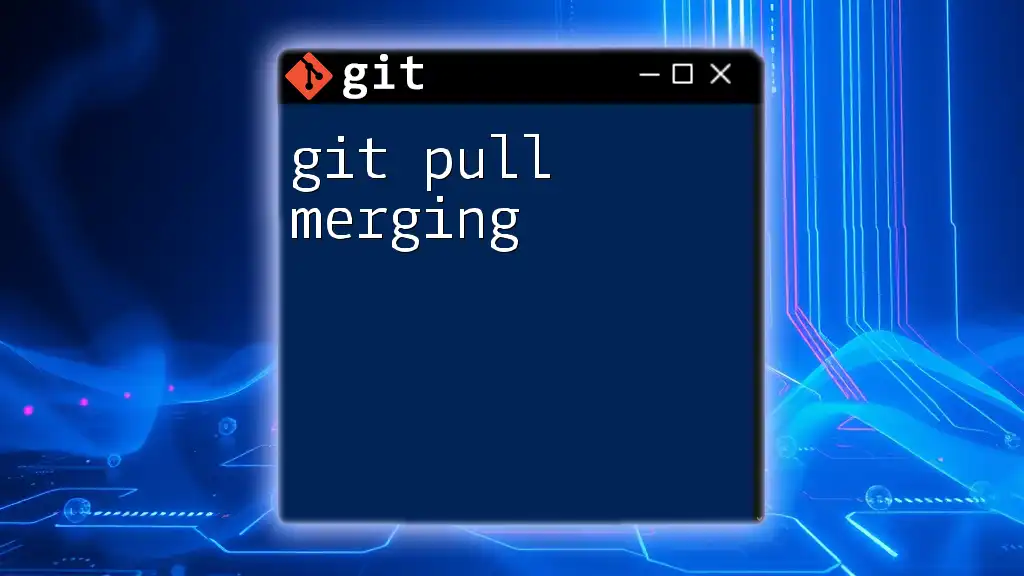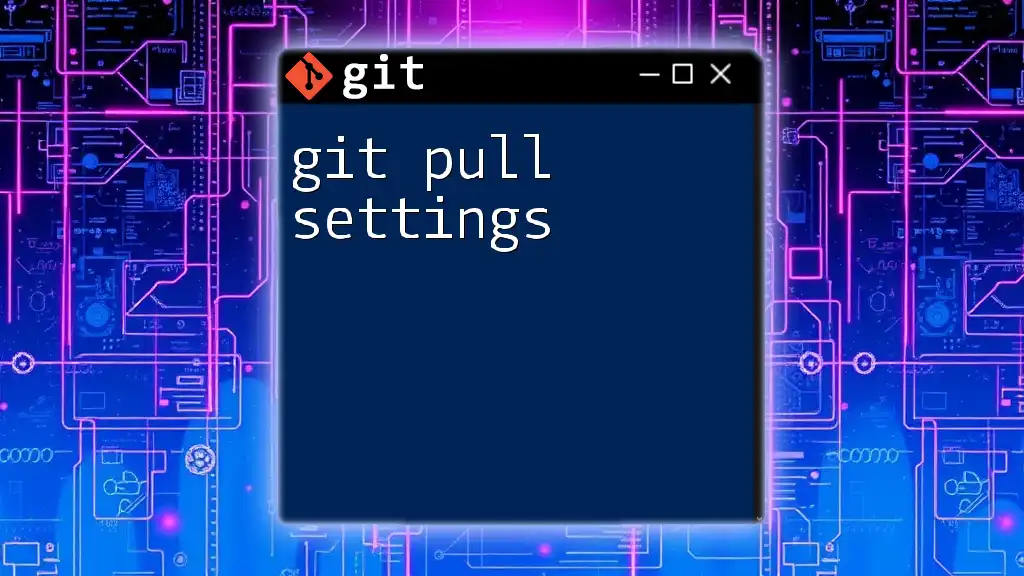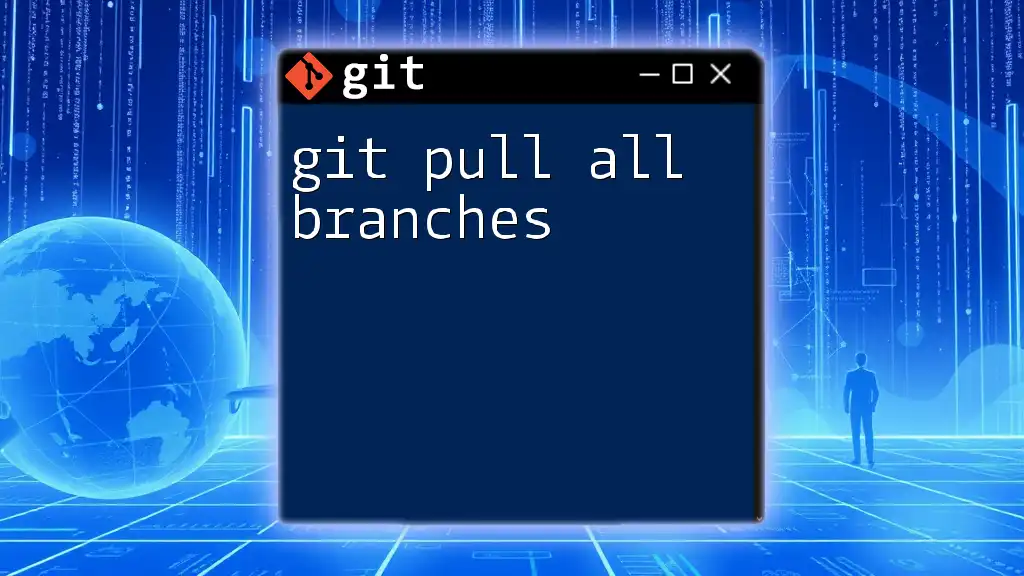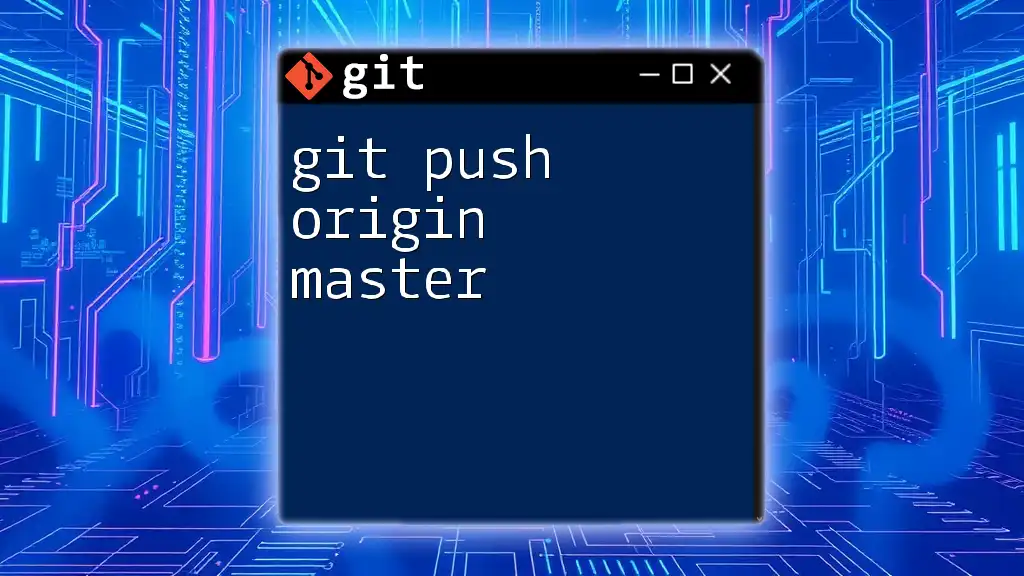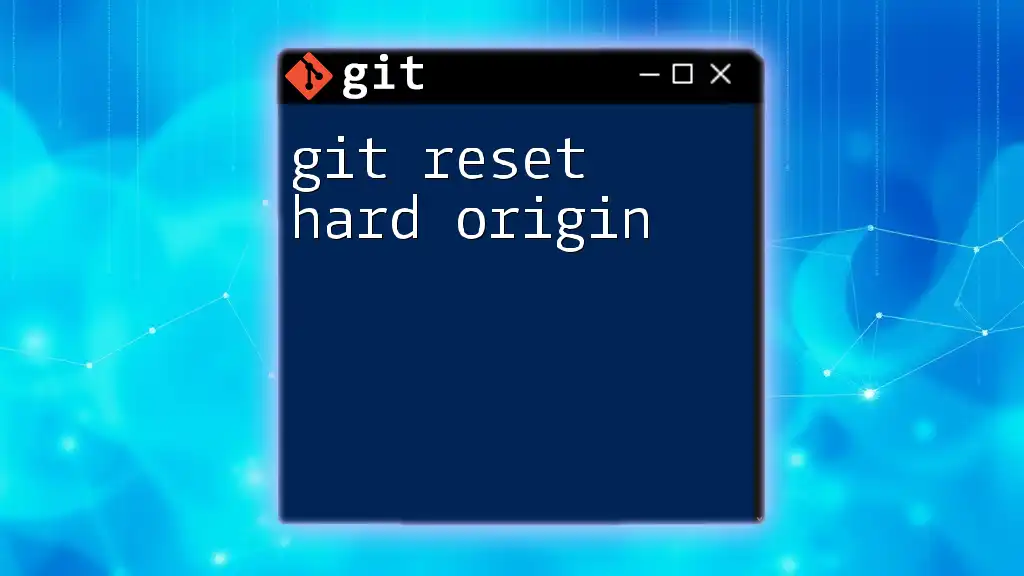The command `git pull` fetches updates from the remote repository and merges them into the current branch, while `git pull origin` specifies the remote repository (named "origin") from which to pull those updates.
git pull origin main
Understanding the Basics
What is `git pull`?
The `git pull` command is a vital tool within the Git version control system. It combines two essential operations: fetching and merging. Essentially, when you execute `git pull`, Git retrieves the latest changes from a remote repository and then merges those changes into your current branch.
The command syntax for `git pull` is as follows:
git pull [options] [<repository> [<refspec>...]]
This command can also take options that modify its behavior, allowing for flexible usage based on your needs.
What is `git pull origin`?
In the context of Git, `origin` refers to the default remote repository. When you use `git pull origin`, you’re explicitly stating that you want to fetch and merge changes from the remote repository named `origin`. This can be especially useful in multi-remote scenarios where specificity is essential.
The command syntax for pulling from a specific remote looks like this:
git pull origin <branch_name>
In this command, `<branch_name>` represents the branch you wish to pull changes from. So, for instance, if you're working on the `main` branch, you would enter:
git pull origin main
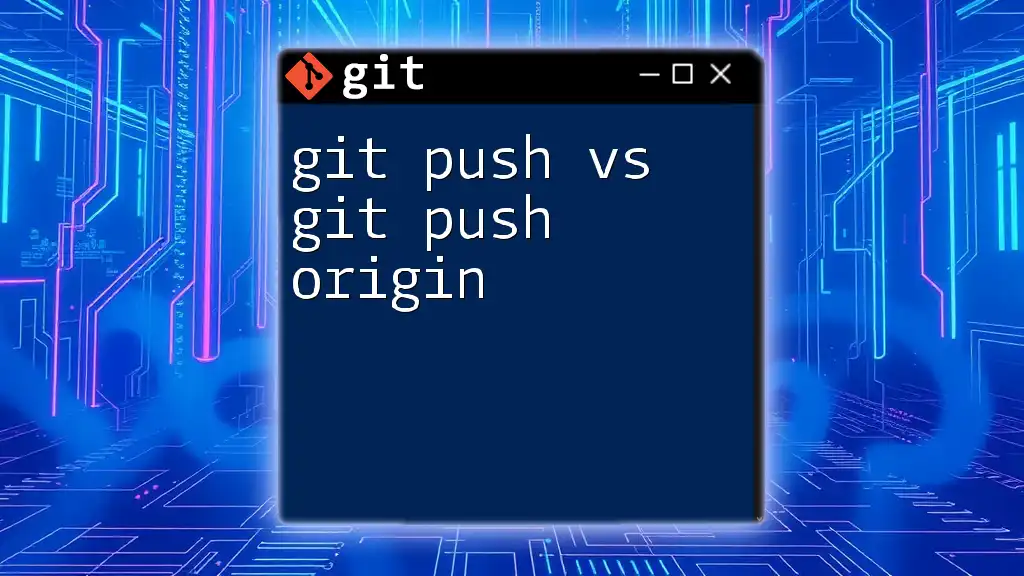
Differences Between `git pull` and `git pull origin`
Default Behavior of `git pull`
When you issue the `git pull` command without specifying a remote or branch, Git will pull from the tracked remote branch. This is determined by the current branch you have checked out. Each local branch usually has an upstream branch set, which allows Git to know from where to pull changes automatically.
For example:
git pull # This pulls from the tracked remote branch automatically
This behavior is convenient when you have streamlined workflows and know that you always want changes from one specific remote.
Specifying the Remote with `git pull origin`
At times, you may need to pull from a specific remote repository. This is where `git pull origin` shines. If you are collaborating on projects that involve multiple remotes or forks, it can be vital to pull changes directly from the `origin`.
Using:
git pull origin feature-branch
This command tells Git to pull the latest changes from the `feature-branch` of the remote repository identified as `origin`. This is particularly useful in team environments where each member might be working on different feature branches or forks.
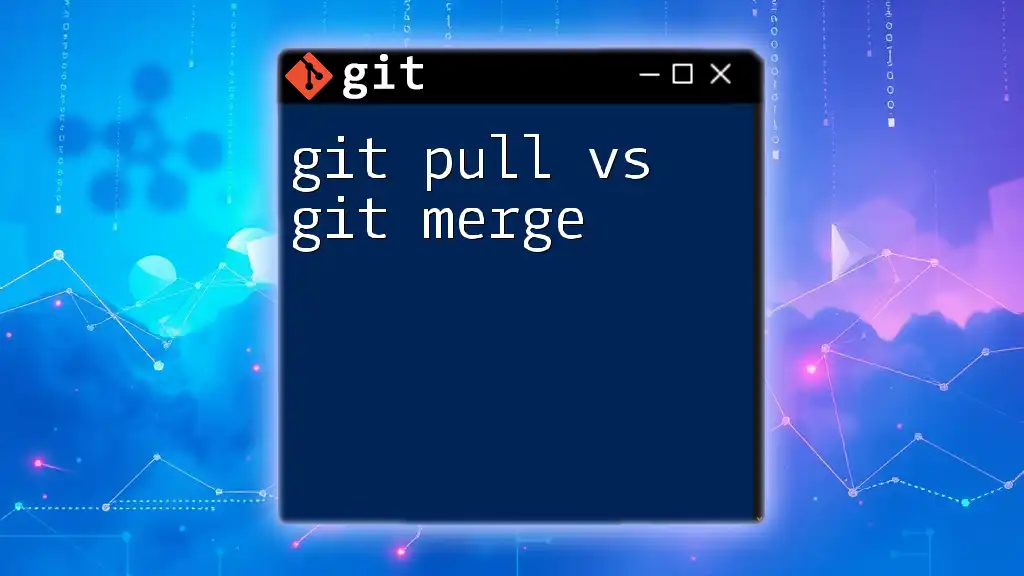
Practical Examples
Example 1: Basic Pull Command
Imagine you're working on a personal project and have set your remote repository as `origin`. You want to ensure that your local version is in sync with the remote repository. Simply running:
git pull
This command pulls the latest changes from the upstream branch without needing to specify `origin` since it’s already set as the default remote.
Example 2: Pulling from a Specific Remote
Now, let’s say you're collaborating on a team project, and several remotes are involved. You wish to incorporate changes made by a teammate working on a specific branch. In this case, you'd use:
git pull origin feature-branch
This indicates to Git that you want to pull in changes from the specified branch of the `origin` remote, ensuring you get the most relevant updates without affecting other branches.
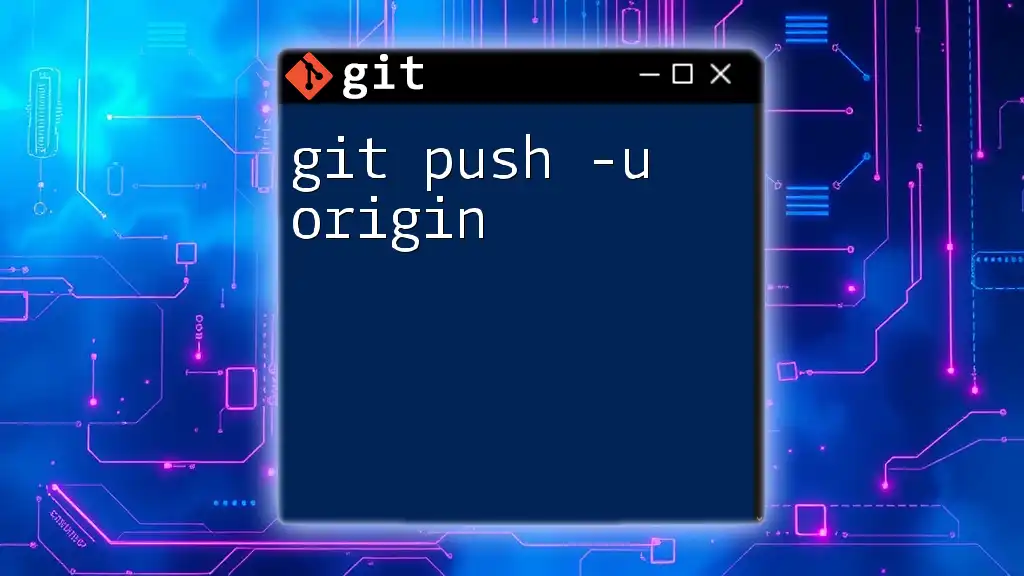
Common Use Cases
When to Use `git pull`
Using `git pull` is often sufficient when you are working on a solo project or small teams where everyone is comfortable with the single remote repository approach. It streamlines the workflow because you rely on Git’s default behaviors.
When to Use `git pull origin`
`git pull origin` becomes essential in projects with multiple remotes. It is particularly important when you need to ensure that you're pulling changes from specific sources. This is frequently the case in collaborative environments, where multiple branches and forks complicate the workflow. Knowing which remote to pull from helps avoid confusion and ensures consistency in the codebase.

Troubleshooting Common Issues
Conflicts During Pulls
One common issue that developers face during pulls is merge conflicts. These occur when changes from the remote branch contradict the changes in your local branch. It's crucial to understand how to identify and resolve these conflicts effectively to maintain workflow efficiency.
To resolve conflicts, follow these best practices:
- Carefully examine the differences using `git status`.
- Manually edit the files to resolve conflicts.
- Add the resolved files:
git add <resolved_file>
- Complete the merge:
git commit
Network Issues
Another common challenge can arise from network problems leading to failed pulls. If you’re unable to connect to the remote repository, you may encounter errors indicating that Git cannot find the remote or other related messages.
To troubleshoot network-related issues:
- Check your internet connection.
- Verify the remote URL with:
git remote -v
- If necessary, consider resetting the remote URL or checking for firewall settings that may block Git commands.
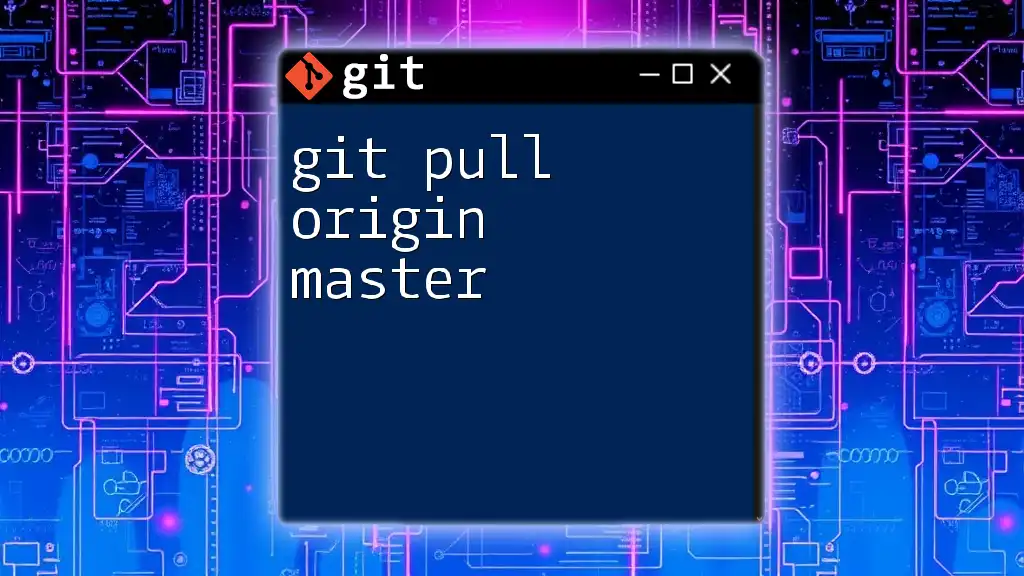
Conclusion
In the comparison of git pull vs git pull origin, understanding the specific functionalities of each command enhances your Git proficiency. Whether working with personal projects or within collaborative environments, choosing the appropriate command not only fosters effective version control but also contributes to smoother workflows.
Regularly practicing these commands will bolster your confidence and efficiency in using Git, paving the way for seamless version control experiences in a wide range of development tasks.
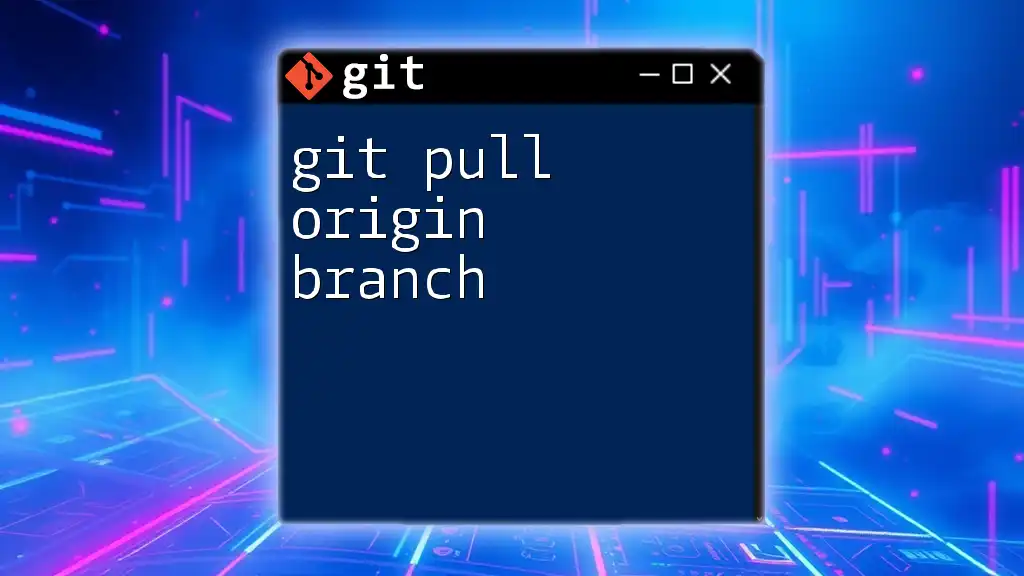
Additional Resources
For further learning and exploration, check out:
- Official Git Documentation
- Recommended Git Tutorials and Guides
- Community Forums for any questions you may have
Utilizing these resources will help solidify your understanding and expertise in Git commands and workflows.







